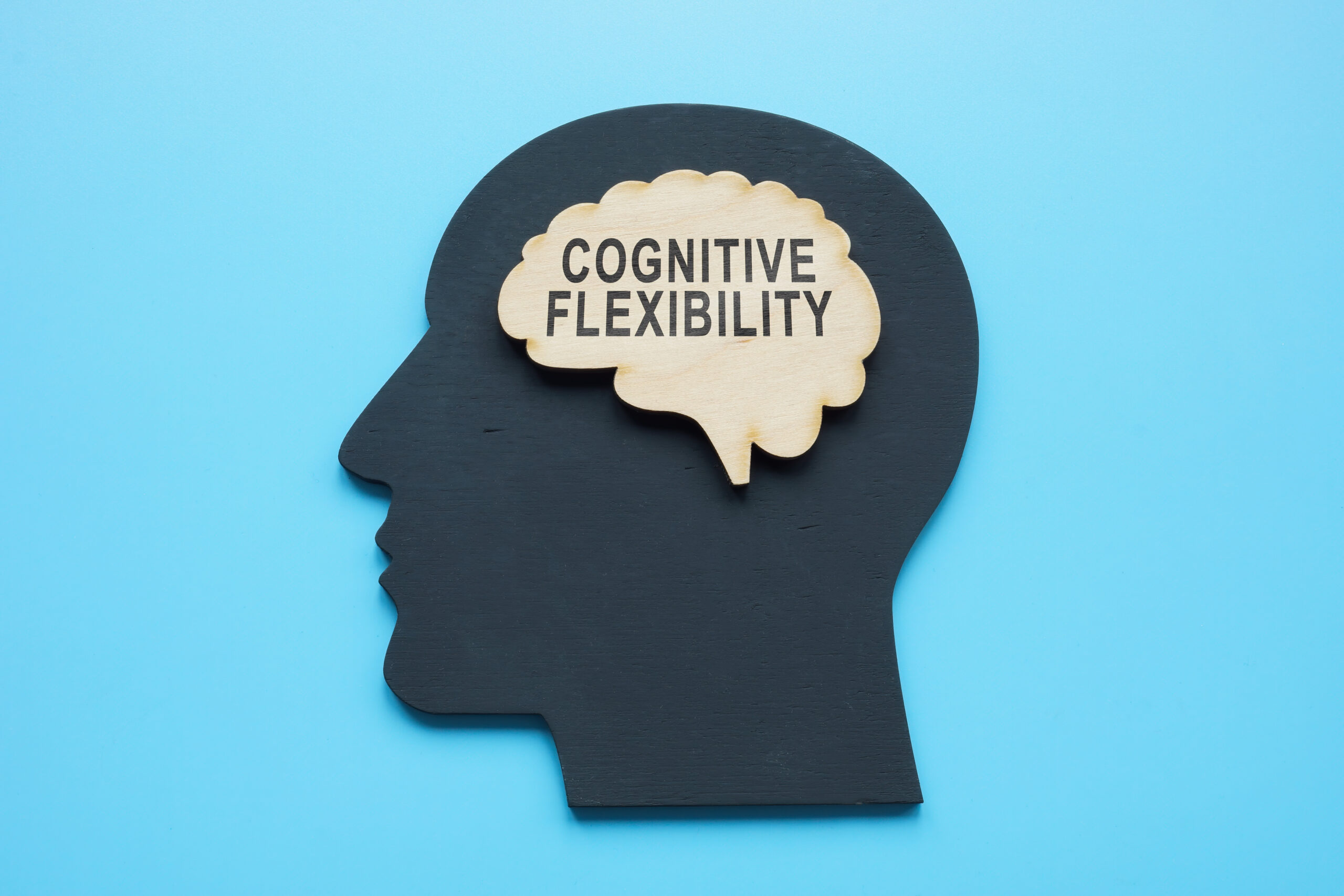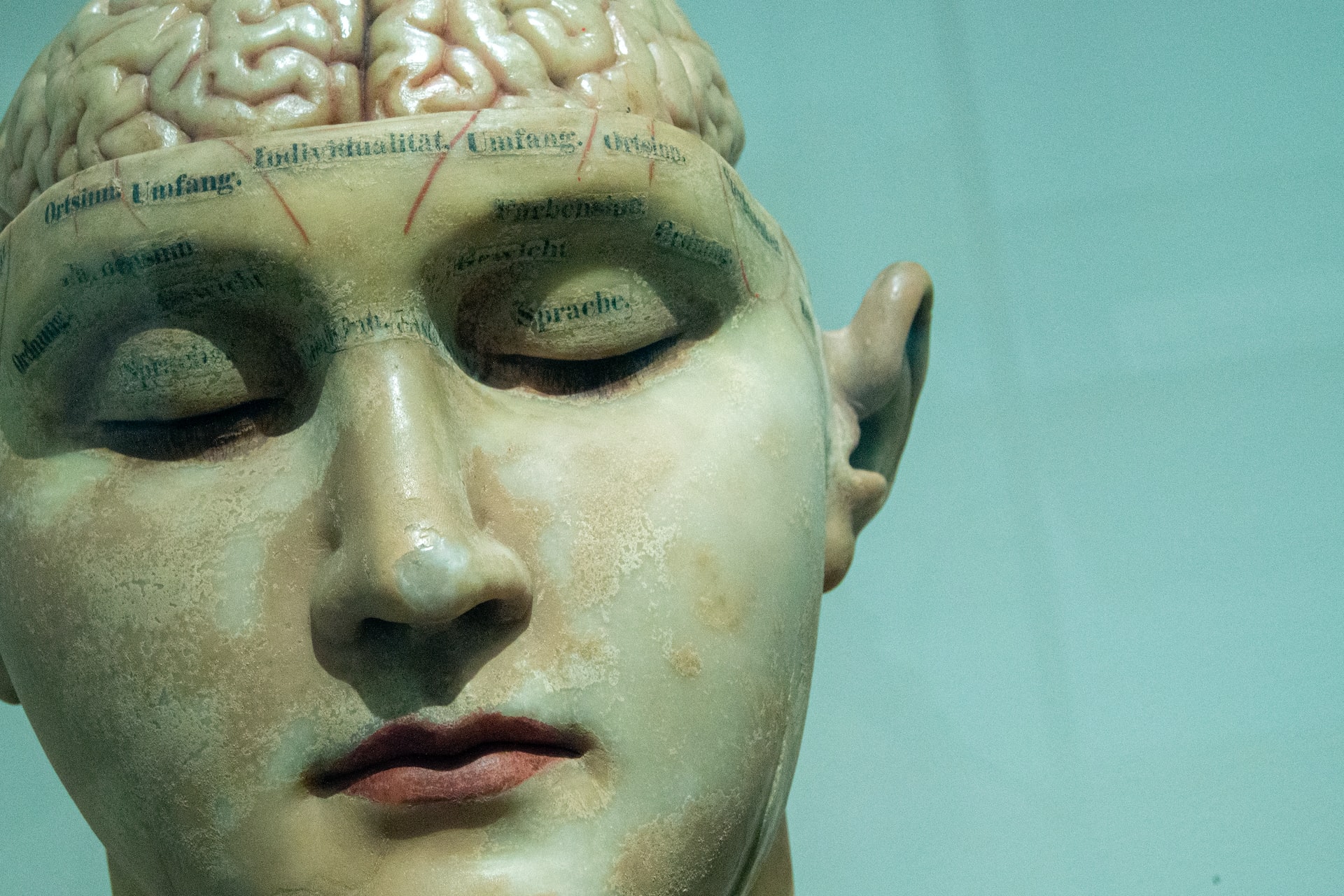Tell me about acute hemorrhagic stroke
A stroke is a serious and potentially life-threatening medical emergency that occurs when blood flow to the brain is interrupted or reduced. There are different types of strokes, one of which is an acute hemorrhagic stroke.
Acute hemorrhagic stroke, also known as intracerebral hemorrhage, is a type of stroke that happens when a blood vessel in the brain ruptures and bleeds, causing damage to the surrounding brain tissue. This type of stroke accounts for about 13% of all strokes and has a higher mortality rate compared to other types of strokes.
Causes:
The main cause of an acute hemorrhagic stroke is when a weakened blood vessel in the brain bursts, causing bleeding into the brain tissue. This weakening of the blood vessel can be due to various factors such as high blood pressure, which is the most common cause of an acute hemorrhagic stroke. Other causes include:
1. Aneurysm: A bulge or weak spot in a blood vessel that can rupture and cause bleeding in the brain.
2. Arteriovenous malformation (AVM): A condition where abnormal connections between arteries and veins form in the brain, making the blood vessels weak and prone to bleeding.
3. Blood-thinning medications: These medications increase the risk of bleeding in the brain if taken in high doses or combined with other blood-thinning drugs.
Symptoms:
The symptoms of an acute hemorrhagic stroke can vary depending on the location and severity of the bleeding in the brain. Some common signs and symptoms include:
1. Sudden severe headache: This is often described as the “worst headache of my life” and may be accompanied by vomiting.
2. Weakness or numbness on one side of the body: This can be in the face, arm, or leg and may be accompanied by difficulty speaking or understanding speech.
3. Loss of vision: This can be partial or complete loss of vision in one or both eyes.
4. Difficulty with balance or coordination: This may cause dizziness, trouble walking, or loss of balance.
5. Confusion or difficulty understanding: This can include trouble speaking or comprehending language, as well as confusion about time, place, or people.
If you experience any of these symptoms, it is important to seek immediate medical attention as they could be signs of an acute hemorrhagic stroke.
Diagnosis and Treatment:
Diagnosis of an acute hemorrhagic stroke usually starts with a physical examination and a review of your medical history. Your doctor may also perform imaging tests such as a CT scan or MRI to confirm the diagnosis and determine the location and severity of the bleeding in the brain.
Treatment for an acute hemorrhagic stroke focuses on controlling the bleeding in the brain, reducing pressure on the brain, and preventing further damage. This may include medication to lower blood pressure, surgery to remove blood clots or repair damaged blood vessels, or supportive care to manage other symptoms.
Recovery and Prevention:
The recovery and long-term effects of an acute hemorrhagic stroke depend on the severity and location of the bleeding in the brain. Some people may fully recover with minimal to no long-term effects, while others may experience permanent disabilities such as paralysis, difficulty speaking, or cognitive impairment.
To prevent an acute hemorrhagic stroke from occurring, it is essential to maintain a healthy lifestyle by managing high blood pressure, not smoking, limiting alcohol consumption, and maintaining a healthy weight. It is also essential to seek medical treatment for any underlying conditions that may increase your risk of an acute hemorrhagic stroke, such as AVMs or aneurysms.
In conclusion, an acute hemorrhagic stroke is a serious medical emergency that requires immediate attention. Knowing the symptoms and risk factors can help you recognize it early and seek prompt medical treatment, increasing your chances of a better outcome. As the saying goes, “prevention is better than cure,” so taking steps to maintain a healthy lifestyle can significantly reduce your risk of experiencing an acute hemorrhagic stroke.





